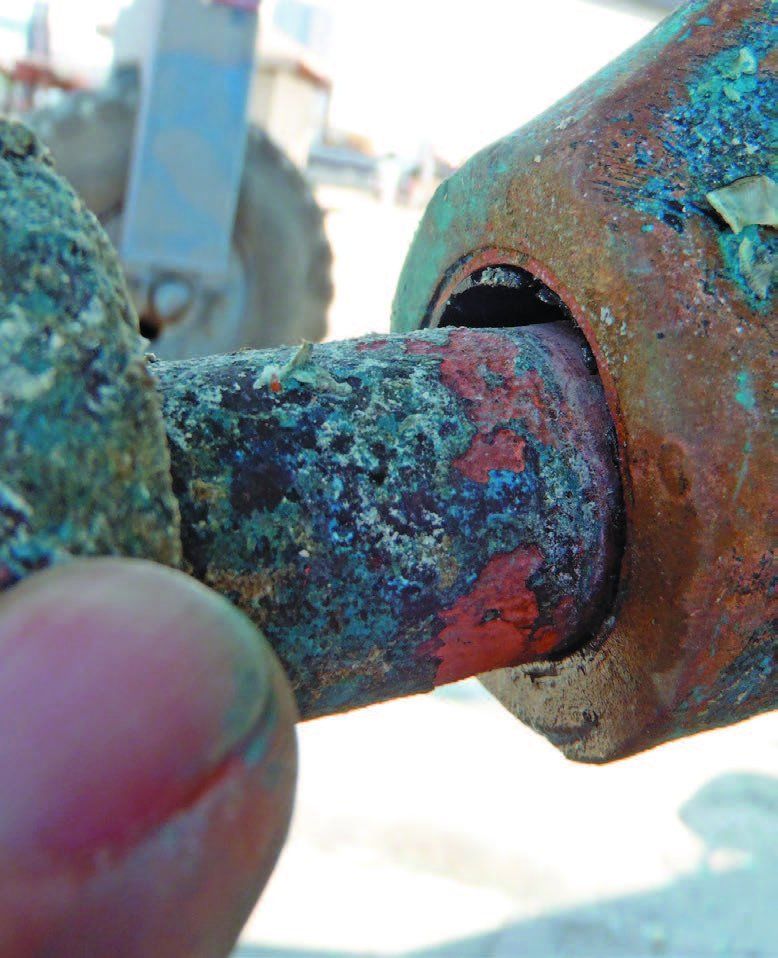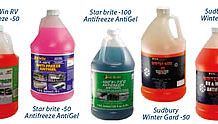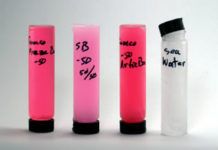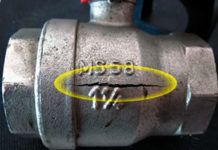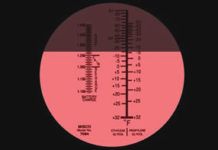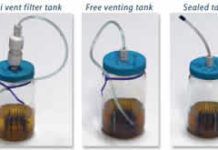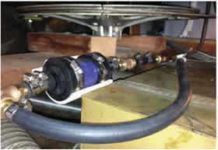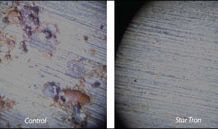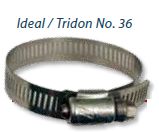PSs Top Picks for Winterizing
Protecting marine water systems from freeze damage is a deceptively simple goal. The terminology and various product claims can be confusing, and what seems like a good common-sense decision can lead to trouble. We tend to think that all water systems are the same; that boats as well as RVs can be protected by the same pink antifreeze without any further thought. However, many of the problems we associate with age, or normal wear and tear-stiff impellers, cracked pipes, ruined joker valves, and foul-tasting tap water-can often be attributed to errors during winterization.
Test Checks Burst Point and Freeze Protection
We tested each product for glycol content using a refractometer and either the ethylene glycol or propylene glycol scale, as appropriate. In the case of Camcos Arctic Ban and Sudburys Winter Stor, some portion of the freeze protection is provided by ethanol, and such mixtures cannot be easily evaluated by any field method (test tape, gravity, refractometer) unless the exact proportion is known, which we find troublesome.
Step-by-step Winterizing Tips
Winterizing agents should never be used in freshwater tanks or hot-water tanks. Doing so will greatly increase the chances of biological growth, which can result in foul-smelling, bad-tasting water. If your boats water system does not have bypass fittings that allow you to add glycol to waterlines, install them. The addition of a few simple fittings can reduce the annual process from hours to minutes for the cost of a few jugs of glycol.
Refractometer Takes Out All the Guesswork
What matters most, our testing confirms, is not so much which brand of pink stuff you choose, but how you use it. Even the best product, mixed with too much water left in the line, results in a blend with unknown and perhaps unsatisfactory performance. While this may not be critical in North Carolina, sailors in Wisconsin need to get it right.
Diesel Tank Vent Filters
Through lab tests and years of field testing, weve found that silica-gel vent filters reduce tank corrosion and improve gasoline stability. But is the same true for diesel fuel and tanks? Thats what this test sought to find out. Testers put two silica-gel diesel tank vent filters through their paces: Pindell Engineerings AVD2 (for tanks up to 60 gallons) and AVD3 (for tanks up to 200 gallons). The results were compared to setups with a free vent and those with a sealed tank.
Installation Best Practices for Fuel Systems
The Coast Guard and the American Boat and Yacht Council (ABYC) have worked together to develop general installation guidelines for the carbon canisters required under the EPA's evaporative emission regulations. While the standards (AYBC H-24) don't specifically apply to the H2Out AVD unit when installed in diesel fuel systems, they represent good basic commonsense and should be followed with any fuel tank vent adsorbent product. We have added a few tips and precautions learned during our testing.
Diesel Fuel System Maintenance Best Practices
Dont look to tank vent filters and fuel additives to solve real fuel-system problems. They are only ancillaries to regular fuel system-management and maintenance, improving reliability even further. Here are some fuel-system management best practices that we recommend.
Keeping Fuel, Water in their Place
The Environmental Protection Agency (EPA) and the American Yacht and Boat Council (AYBC) are requiring devices that prevent foam and splash during fueling and operation from reaching the carbon canister. If sea water did reach the fuel filter, it could destroy filter effectiveness and compromise venting capacity.
Diesel Additives
Whether by condensation, through a deck fill leak, or contamination at the fuel dock, water inevitably finds its way into our diesel tank. How much damage it does over time depends on our tanks design, material, and maintenance regimen. Can fuel additives help? We tested seven diesel additives to determine which is the best at battling tank corrosion: Hammonds Biobor JF, Valvtect Bioguard, Fuel Right, Stanadyne, Sta-Bil Diesel, Star brite Star Tron Enzyme, and Sea Foam.
Stainless-steel Hose Clamps
Practical Sailor evaluated stainless-steel hose clamps from 11 manufacturers, including Shields, ABA, Murray, AWAB, Breeze, American Valve, Ideal/Tridon, Trident, Koehler, and Norton. The test clamps, both T-bolt and worm-drive designs, were all size 28 (for hose sizes 1 5/16 to 2 1/4 inches) and 32 (for hoses 1 1/2 to 2 1/4 inches). Bench tests included torque to compression and torque to failure tests, and a magnet test and long-term saltwater bath test to determine corrosion resistance. All clamps were closely examined for quality of construction and workmanship, and price was considered in final ratings.
































